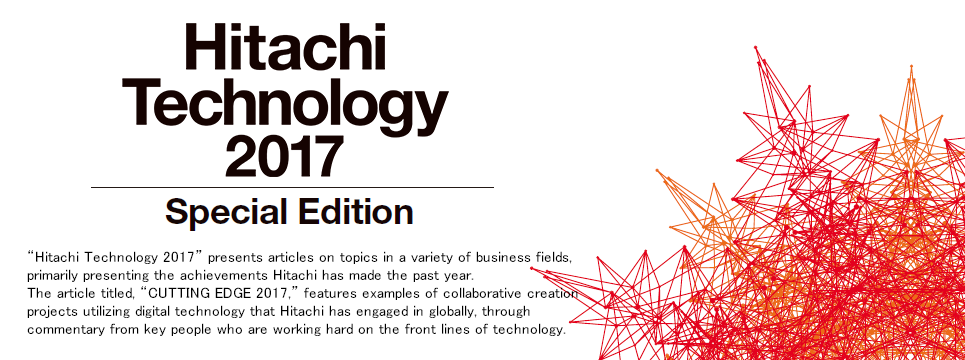
“Hitachi Technology 2017” presents articles on topics in a variety of business fields, primarily presenting the achievements Hitachi has made the past year.
The article titled, “CUTTING EDGE 2017,” features examples of collaborative creation projects utilizing digital technology that Hitachi has engaged in globally, through commentary from key people who are working hard on the front lines of technology.


I would like to take this opportunity provided by the publication of Hitachi Technology 2017 to thank all of you for your ongoing support of Hitachi and to extend my greetings.
We are entering an era in which the future outlook is uncertain, with changing social landscapes around the world and frequent instances of unforeseen events such as natural disasters and conflicts.

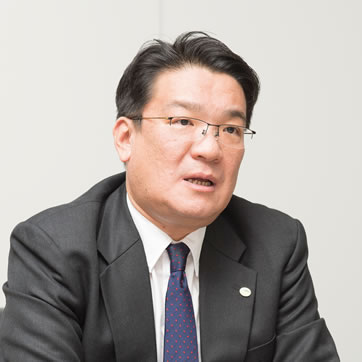
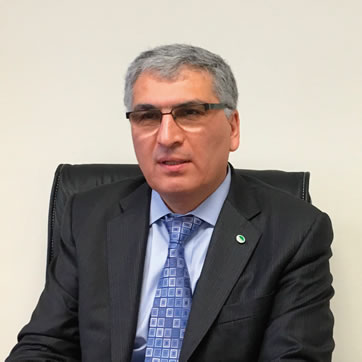
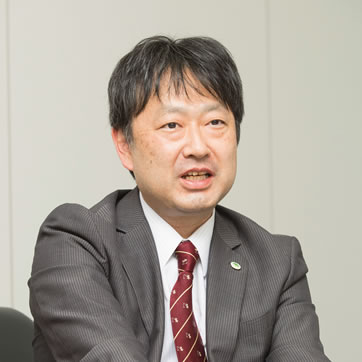
The North American energy market is growing steadily amid a rapid switch to renewables. 2016 saw the establishment of the Energy Solutions Division (ESD), a new Hitachi business unit designed to grow our energy business in North America. We have started a full-scale move into the North American energy market that will draw on the experience and expertise we have accumulated from several overseas demonstration projects and our work in Japan. We want to provide the region’s power transmission grid and local distribution grids with advanced energy solutions tailored to local needs.
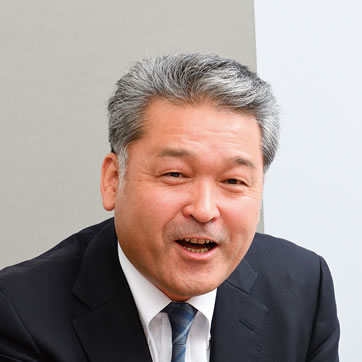
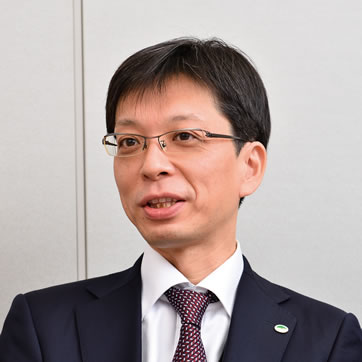
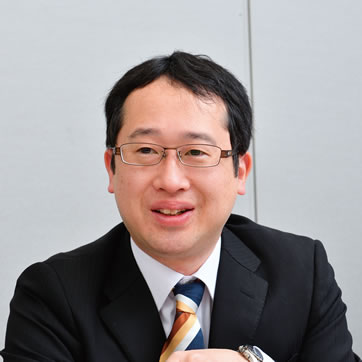
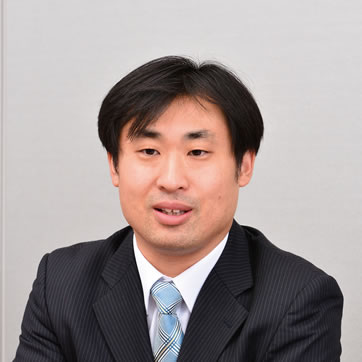

In advanced manufacturing workplaces, a way of linking and visualizing the performance of man, machine and material is needed to improve quality and increase work efficiency. Hitachi and Daicel Corporation therefore developed an image analysis system which, using various types of camera as sensing methods, links manufacturing performance data with image analysis technology to prevent human error and detects signs of operational failures in production line facilities. In the future, Hitachi will pursue initiatives aimed at optimizing not only the front lines of manufacturing but the entire global supply chain.
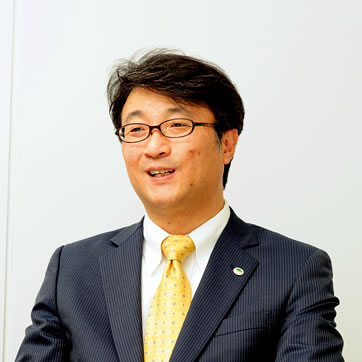

As the issue of labor shortages in a society that is aging and declining in fertility comes into sharper relief, expectations for service robotics as a labor shortage solution are increasing. With a view to using robots in actual services, Hitachi developed the humanoid robot EMIEW3 and its robotics IT platform, and began proof-of-concept (PoC) testing at Haneda Airport in September 2016. Going forward, Hitachi intends to step up its efforts for the commercialization of service robotics in light of requirements and knowledge obtained through the PoC testing.
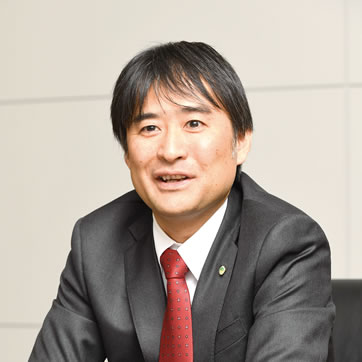
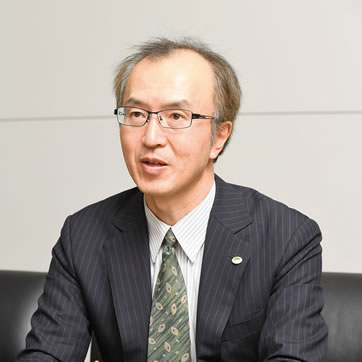

With digital technology rapidly becoming integral to our way of life, attention is being focused on FinTech for providing a new value through the combination of financial services and IT. Recognizing the trends of digitalization and FinTech, Hitachi is picking up the pace of its work on digital financial innovation with the aim of working with customers to create innovative solutions.
To this end, Hitachi has established the Financial Innovation Laboratory at the Silicon Valley site of its Global Center for Social Innovation - North America to operate as a research and development organization for engaging in collaborative creation with customers, particularly in North America. Working with a wide variety of partners, this new facility will adopt a global focus as it targets innovation in the finance business.
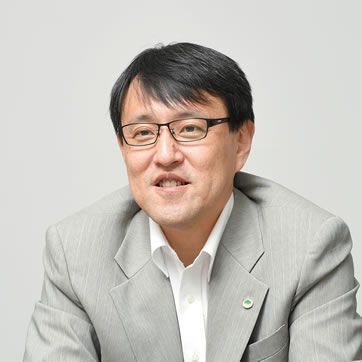

With digitalization driving major changes in society, Hitachi capitalized on its extensive know-how with IT and experience with OT to develop its IoT platform Lumada, to deliver rapid solutions through collaborative creation with customers. It also set up the Hitachi Insight Group, based in North America, for the global deployment of the technical capabilities and know-how in IT × OT it has built up in Japan, together with advanced IoT use cases and knowledge from Europe and America. By leveraging Lumada in its digital solutions business, Hitachi is working to help customers to overcome their challenges around the world.
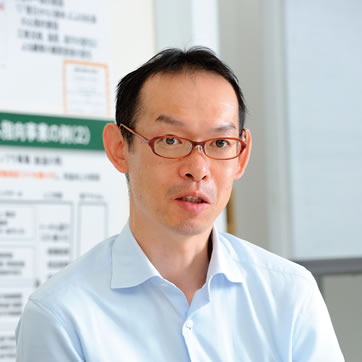

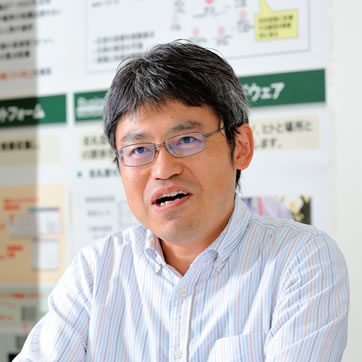
Hitachi is currently in the process of commercializing Hitachi AI Technology/H, which automates optimization and decision-making in various ways through the utilization of large volumes of data, thereby contributing to improvement in outcomes for corporations. Meanwhile, anticipating rapidly changing times, Hitachi has also begun research and development of next-generation AI that “learns from life” and evolves to face successive challenges. The Hitachi Kyoto University Laboratory, a new joint research division for collaborative creation with Kyoto University, aims to deliver new type of AI which continually evolves by learning for itself through “learning from biological evolution.”








